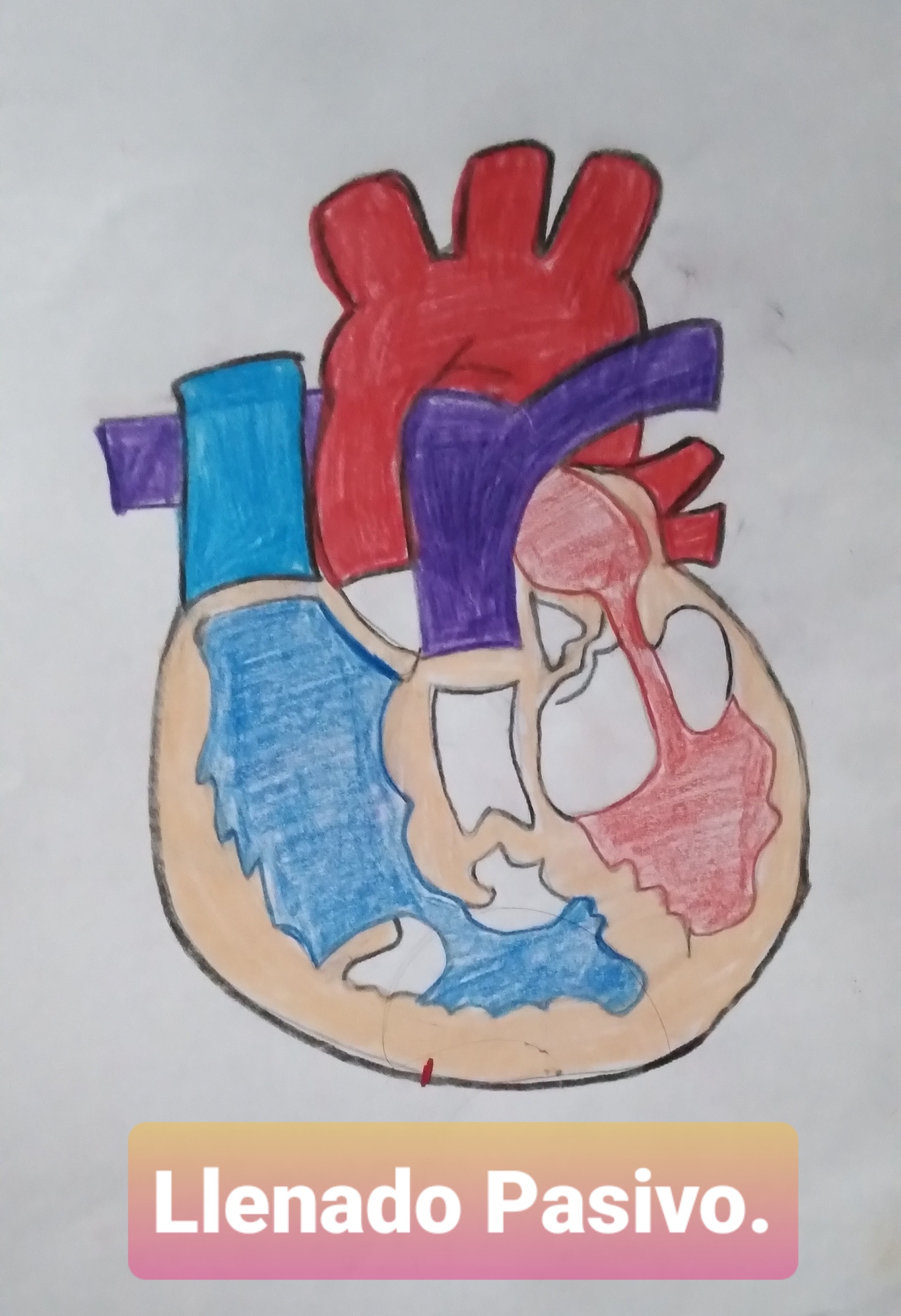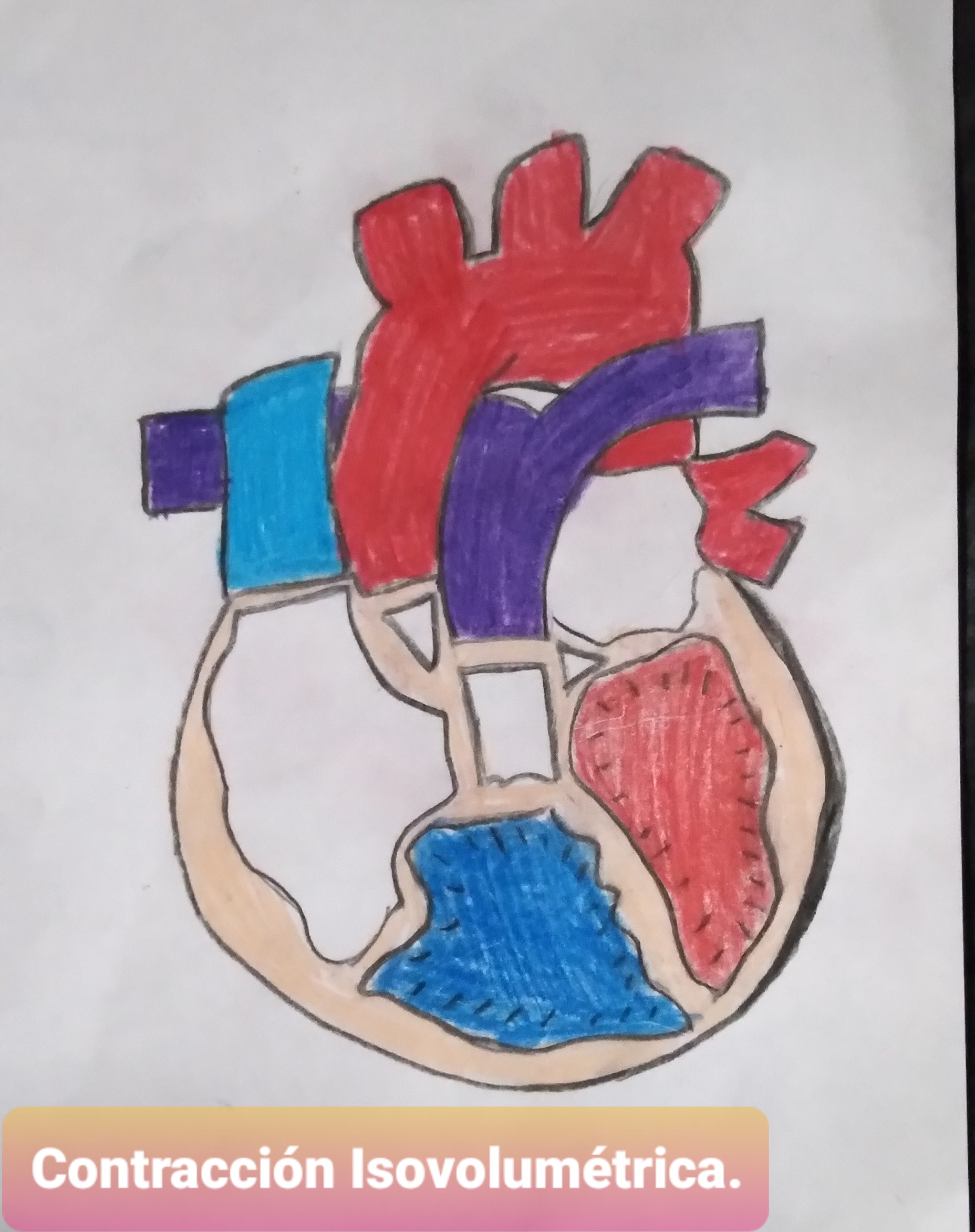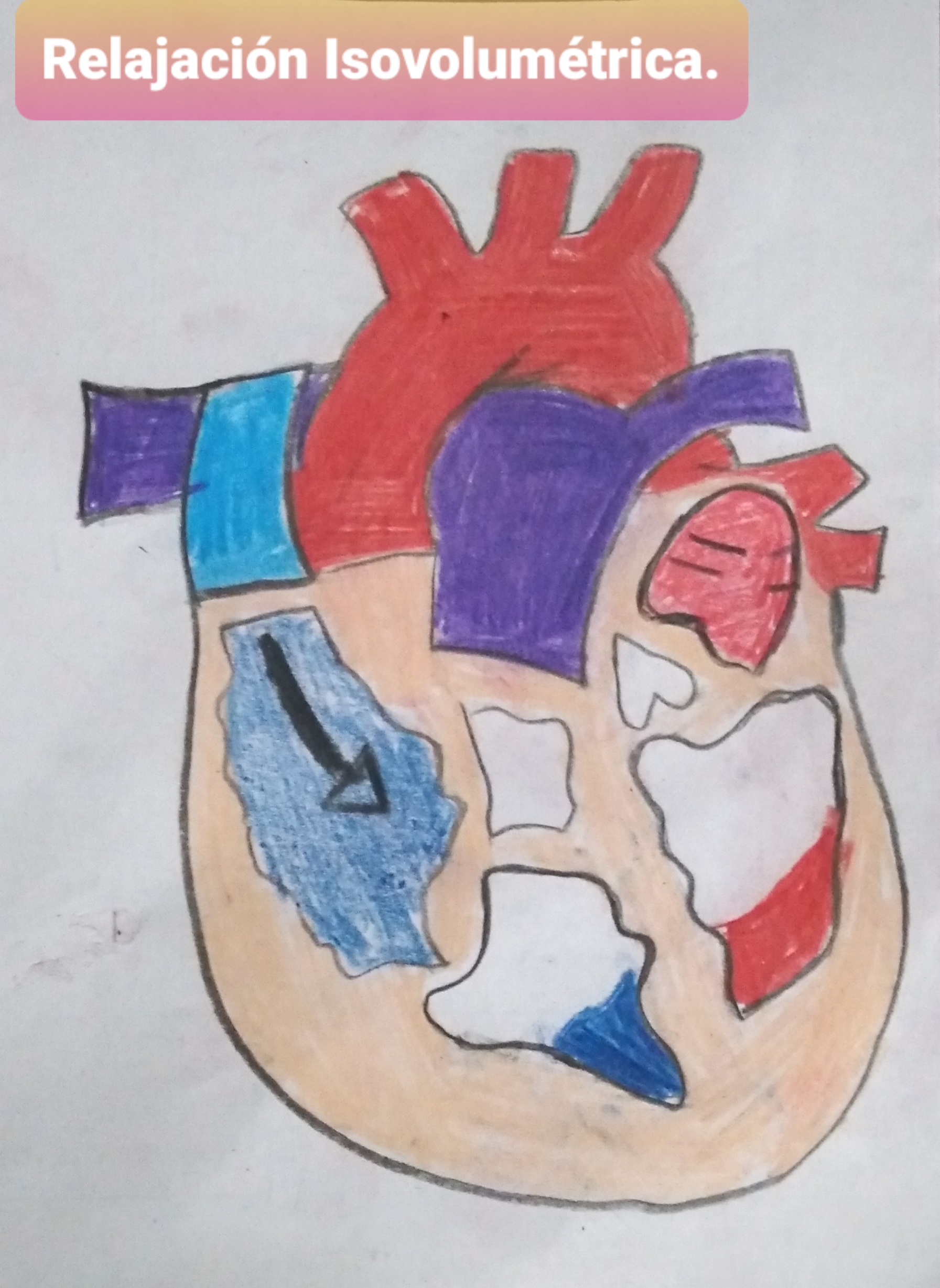¡Hola mis queridos amigos de Hive amantes de la ciencia!
¡Hello my dear science-loving Hive friends!
El corazón es uno de los órganos mas importantes del cuerpo, ya que el mismo se encarga bombear y oxigenar la sangre para que la misma pueda distribuirse por todo el cuerpo y pueda dar vida a todo el cuerpo humano en general, les hablaré a continuación como se lleva acabo el ciclo cardíaco, que son esos conjuntos de fenómenos que van a ocurrir en el corazón y harán que el corazón pueda latir.
The heart is one of the most important organs of the body, since it is responsible for pumping and oxygenating the blood so that it can be distributed throughout the body and can give life to the entire human body in general, I will talk about how the cardiac cycle is carried out, which are those sets of phenomena that will occur in the heart and will make the heart can beat.

Debemos conocer que el corazón realiza:
○Diastole: Relajación del volúmen y llenado de la fase pasiva.
○Sístole: Ocurre el llenado activo, mediante la fase de eyección y la contracción del volúmen.
We must know that the heart performs:
○Diastole: Relaxation of the volume and filling of the passive phase.
○Systole: Active filling occurs, through the ejection phase and volume contraction.
¿Como ocurre el ciclo cardíaco?
○Llenado Pasivo: Va ocurrir un llenado rápido de la sangre, para luego generar presión auricular y ventricular mediante las válvulas abiertas, por lo que la válvula semilunar se cierre, el flujo sanguíneo estará en un 80%, de las aurículas, para que así no haya contracción auricular.
How does the cardiac cycle occur?
○Passive filling: A rapid filling of blood will occur, to then generate atrial and ventricular pressure through the open valves, so that the semilunar valve closes, the blood flow will be at 80%, from the atria, so that there is no atrial contraction.

○Llenado Activo: En esta siguiente parte la válvula estará abierta, pero la válvula estará semilunar totalmente cerrada, pero habrá contracción auricular , también estará presente la presión auricular y ventricular, sin embargo el flujo sanguíneo sera sólo de 20%, dando como resultado que el volumen del ventricular será de 110 a 120ml..
○Active Filling: In this next part the valve will be open, but the valve will be semilunar fully closed, but there will be atrial contraction, atrial and ventricular pressure will also be present, however the blood flow will be only 20%, resulting in the ventricular volume being 110 to 120ml.

○Contracción isovolumétrica: Seguirá la presencia ventricular y auricular, ocurriendo la contracción ventricular, la válvula se cerrara y se escucha el primer ruido, también se cerrara la válvula semilunar, pero no se tendrá ni la entrada ni la salida ventricular de la sangre, teniendo una duración de 0, 02 a 0,03 segundos.
○Isovolumetric contraction:
Ventricular and atrial presence will follow, ventricular contraction will occur, the valve will close and the first noise will be heard, the semilunar valve will also close, but there will be neither ventricular inflow nor outflow of blood, with a duration of 0.02 to 0.03 seconds.

○Fase de Eyección: En este ciclo encontramos una diferencia habrá presión ventricular y arterial, la válvula se va cerrar, mientras que la válvula semilunar estará abierta, ocurriendo una fase rápida de 70% del volúmen y una fase lenta de volumen 30%, obtendremos un volúmen sistólico de 70ml.
○Ejection Phase: In this cycle there will be a difference between ventricular and arterial pressure, the valve will close, while the semilunar valve will be open, with a fast phase of 70% of the volume and a slow phase of 30% volume, obtaining a systolic volume of 70 ml.

○Relajación Isovolumétrica: Por último también estará la presencia arterial y ventricular, la válvula semilunar va estar cerrada, por lo que escucharemos el segundo ruido, ocurre la presión ventricular llegando a 0, durando entre 0, 03 y 0, 06 segundos.
Isovolumetric Relaxation: Finally, there will also be the arterial and ventricular presence, the semilunar valve will be closed, so we will hear the second noise, the ventricular pressure reaching 0, lasting between 0, 03 and 0, 06 seconds.

Referencia Informativa:
https://www.kenhub.com/es/library/anatomia-es/ciclo-cardiaco-es

 créditos @doze
créditos @doze


Texto traducido en Deelp
Su post ha sido valorado por @ramonycajal
Still wondering how far you went to getting all this knowledge...
Nice one @noelyss
Hola amiga, un saludo! Soy nueva por aquí veo que tambien eres del Zulia, permiteme felicirtare por tan buena publicación Me gustaría si está a tu alcance que me brindaras algunas orientaciones para poder participar activamente en la plataforma. Me gustaría saber si hay una comunidad para personas nuevas, si hay que verificarse en algun lado, básicamente la dinámica de la plataforma.